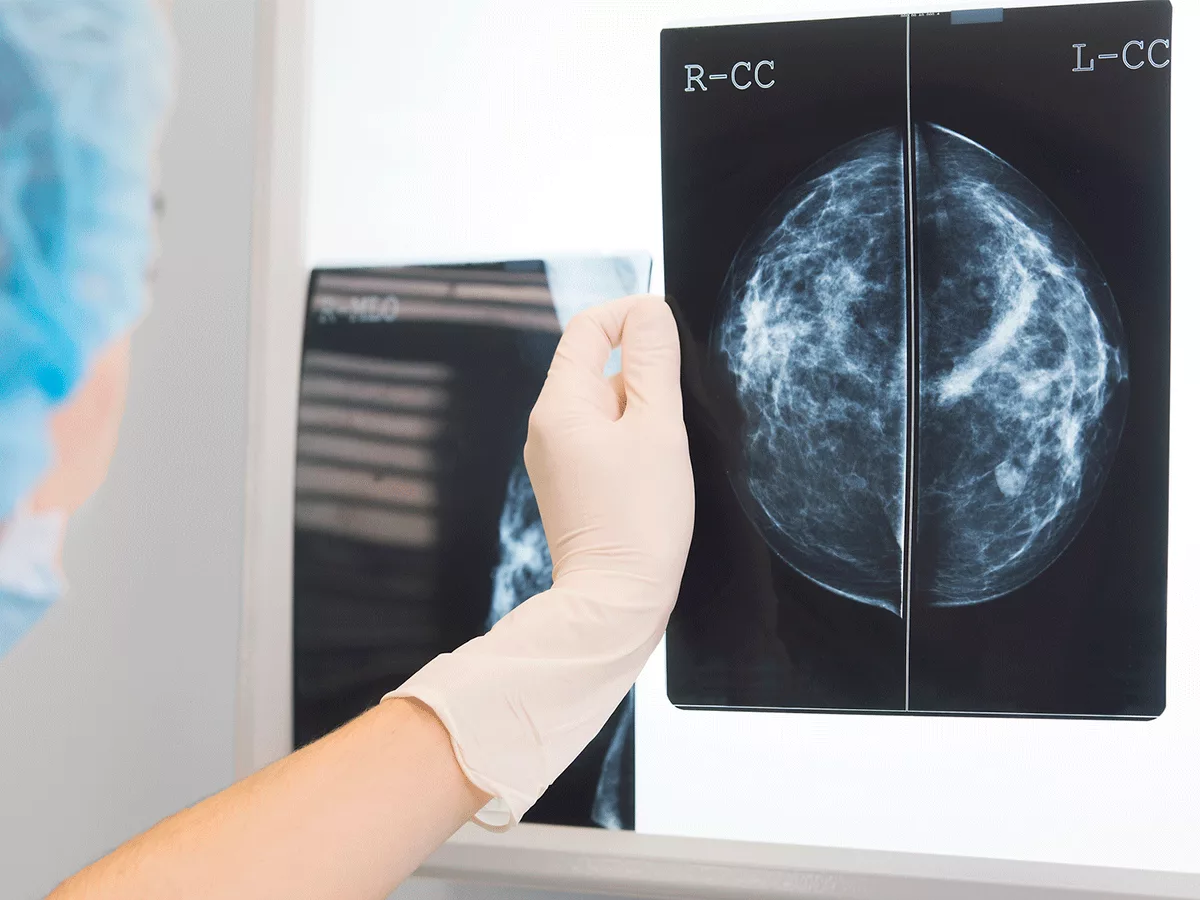An international study led by Australian scientists has shown for the first time that the androgen receptor (AR) is a tumor suppressor in estrogen receptor-positive (ER+) metastatic breast cancer, including in endocrine therapy resistance, which supports the use of an AR agonist-based treatment strategy.
"This work has immediate implications for women with metastatic ER+ breast cancers, including those resistant to current forms of endocrine therapy," said study first author Theresa Hickey, an associate professor and head of the Breast Cancer Group at Dame Roma Mitchell Cancer Research Laboratories, Adelaide University Medical School.
Proposed AR agonist-based therapeutic strategies include the oral, first-in-class selective AR modulator (SARM) Ostarine (enobosarm, MK-2866; Veru), as an alternative to endocrine therapy, the authors reported in the January 18, 2021, edition of Nature Medicine.
During breast tissue development, estrogen stimulates and androgen inhibits post-pubertal growth. The ER is required for breast development and drives approximately 80% of breast malignancies, but the role of AR in this regard has been unclear.
Back to the future
While androgens were formerly used to treat breast cancer, knowledge of hormone receptors in breast tissue was limited, with androgen therapy eventually being discontinued due to virilizing side effects and the advent of drugs directly targeting the ER, known collectively as endocrine therapy.
ER inhibitors are now the standard of care for ER+ breast cancer, but resistance to these agents is the major cause of breast cancer mortality.
The need for alternatives to endocrine therapy has renewed interest in androgen therapy, as almost all ER+ breast cancers also express AR, and in particular the advent of therapeutic SARMs, which have similar properties to anabolic steroids, but with reduced undesirable androgenic effects.
Furthermore, "SARMs such as enobosarm can confer additional health benefits in women, including the promotion of bone, muscle and mental health," said lead investigator Wayne Tilley, a professor and director of the Dame Roma Mitchell Cancer Research Laboratories.
However, preclinical studies, predominantly in breast cancer cell lines, have produced conflicting evidence regarding the role of ARs in ER+ breast cancer, especially within the context of endocrine-resistant disease.
These findings resulted in clinical trials investigating both AR agonists and antagonists for women with ER+ breast cancer, highlighting an urgent need for clarification of the role of AR within this context.
In the new Nature Medicine study, using cell-line and patient-derived models, a global team, including University of Adelaide and Garvan Institute researchers, showed that AR activation by natural androgen or enobosarm had potent antitumor activity in all ER+ breast cancers, even those resistant to current standard-of-care therapies, but AR inhibitors had no effect.
AR activation, but not suppression, therefore exerted potent antitumor activity in multiple disease settings, including resistance to standard-of-care ER inhibitors and cyclin-dependent kinase 4 and 6 (CDK4/6) inhibitors.
Notably, the study provided new evidence that enobosarm can be more effective than existing and new standard-of-care treatments.
Moreover, therapeutic responses were enhanced when AR agonists were combined with standard-of-care CDK4/6 inhibitors, which themselves could be combined to further enhance cancer growth inhibition.
"We provide compelling new experimental evidence that [SARMs] can be more effective than existing standard-of-care treatments, e.g., tamoxifen or new treatments such as palbociclib [Ibrance; Pfizer] and that the latter can be combined to enhance growth inhibition," Tilley told BioWorld Science.
Agonist activation of AR was shown to alter the genomic distribution of ER and essential coactivators including p300 and steroid receptor coactivator-3 (SRC-3), resulting in repression of ER-regulated cell cycle genes and upregulation of AR target genes, including known tumor suppressors.
In addition, a gene signature of AR activity was shown to positively predict disease survival in multiple clinical ER+ breast cancer cohorts.
Together, these findings demonstrate that AR has a tumor suppressor role in ER+ breast cancer and support AR agonism as the optimal AR-directed treatment strategy.
"Our research shows that the AR should be activated, not blocked, resolving a major controversy that has hindered the implementation of a rational clinical strategy for the use of androgenic drugs that selectively activate the AR as a breast cancer therapeutic," Tilley said.
This will be further investigated in an international, registration phase III trial evaluating enobosarm in patients with AR+ and ER+ metastatic breast cancer who did not respond to endocrine therapy and a CDK4/6 inhibitor such as palbociclib, which will commence in the second quarter of this year.

